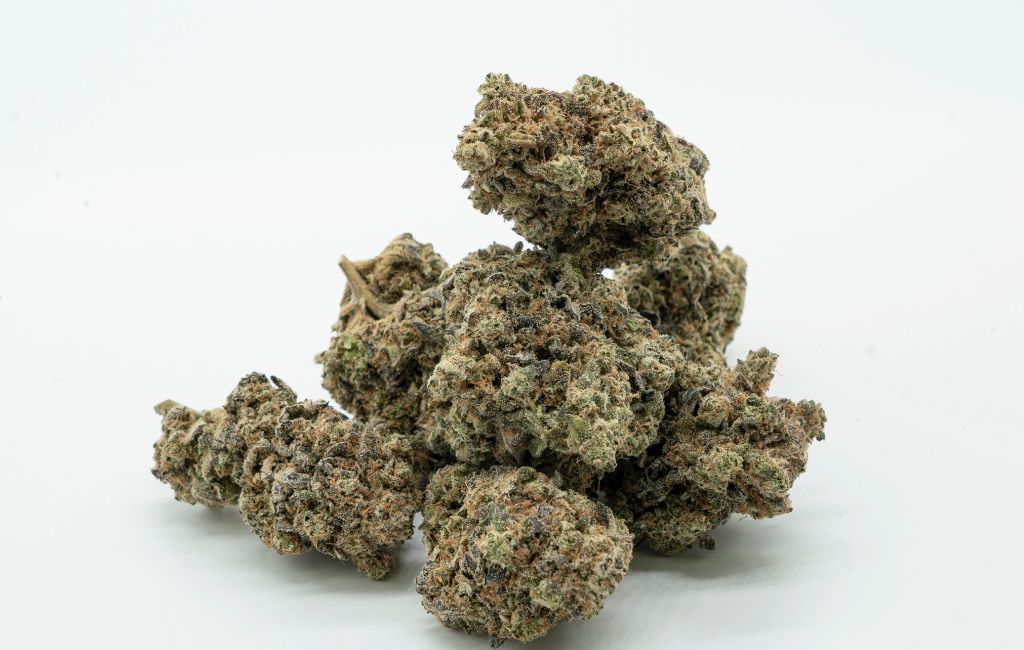The phenomenon of blue haze effects has intrigued scientists and environmentalists for decades. This atmospheric condition, characterized by a bluish tint in the air, is often observed in forested and mountainous regions. It is not only a visual spectacle but also a subject of scientific inquiry due to its implications on air quality and climate.
What Causes Blue Haze?
Blue haze is primarily caused by the scattering of light by tiny particles suspended in the atmosphere. These particles, known as aerosols, can originate from both natural and anthropogenic sources. Natural sources include volatile organic compounds (VOCs) emitted by vegetation, while human activities such as industrial emissions and vehicle exhaust contribute to the anthropogenic component.
Natural Sources of Blue Haze
- Volatile Organic Compounds (VOCs): Trees and plants release VOCs, which react with sunlight and other atmospheric components to form aerosols.
- Forest Fires: Smoke from forest fires contains fine particles that can contribute to the blue haze effect.
- Sea Spray: Oceanic activities can release salt particles into the atmosphere, adding to the aerosol concentration.
Human-Induced Factors
- Industrial Emissions: Factories and power plants emit pollutants that can form aerosols.
- Vehicle Exhaust: Cars and trucks release particulate matter that contributes to atmospheric haze.
- Urban Development: Construction activities can increase dust and other particulates in the air.
Impact on Air Quality and Climate
The presence of blue haze has significant implications for both air quality and climate. Aerosols can affect human health, visibility, and weather patterns. Understanding these impacts is crucial for developing effective environmental policies.
Health Implications
Exposure to fine particulate matter is linked to respiratory and cardiovascular diseases. Populations living in areas with frequent blue haze events may experience higher rates of these health issues.
Effects on Visibility
Blue haze can reduce visibility, impacting transportation and tourism. Regions known for their scenic beauty may suffer economically if haze obscures natural landmarks.
Climate Influence
Aerosols play a complex role in climate dynamics. They can reflect sunlight, leading to cooling, or absorb heat, contributing to warming. The net effect depends on the type and concentration of aerosols present.
Case Studies: Blue Haze Around the World
Several regions around the globe are known for their blue haze phenomena. These case studies highlight the diverse sources and impacts of blue haze in different environmental contexts.
The Blue Ridge Mountains, USA
The Blue Ridge Mountains are famous for their characteristic blue haze, primarily resulting from the emission of VOCs by the dense forests. This natural phenomenon attracts tourists but also poses challenges for air quality management.
The Australian Bushfires
During the 2019-2020 bushfire season, Australia experienced severe blue haze events. The smoke from widespread fires led to significant air quality deterioration, affecting millions of residents and wildlife.
Urban Haze in Beijing, China
Beijing frequently experiences haze events due to industrial emissions and vehicle exhaust. Efforts to reduce pollution have been implemented, but challenges remain in balancing economic growth with environmental sustainability.
Strategies for Mitigating Blue Haze
Addressing the blue haze effect requires a multifaceted approach involving policy measures, technological innovations, and public awareness. Here are some strategies that have been proposed or implemented:
- Regulating Emissions: Implementing stricter emission standards for industries and vehicles can reduce the release of aerosols.
- Promoting Clean Energy: Transitioning to renewable energy sources can decrease reliance on fossil fuels, reducing pollution.
- Enhancing Public Transportation: Improving public transit systems can lower the number of vehicles on the road, cutting down on exhaust emissions.
- Reforestation: Planting trees can help absorb pollutants and release VOCs that contribute to natural blue haze, balancing anthropogenic effects.
Conclusion
The blue haze effect is a complex interplay of natural and human-induced factors. While it adds a unique aesthetic to certain landscapes, its implications for health, visibility, and climate cannot be ignored. By understanding the sources and impacts of blue haze, we can develop strategies to mitigate its negative effects and preserve the natural beauty it often accompanies.
